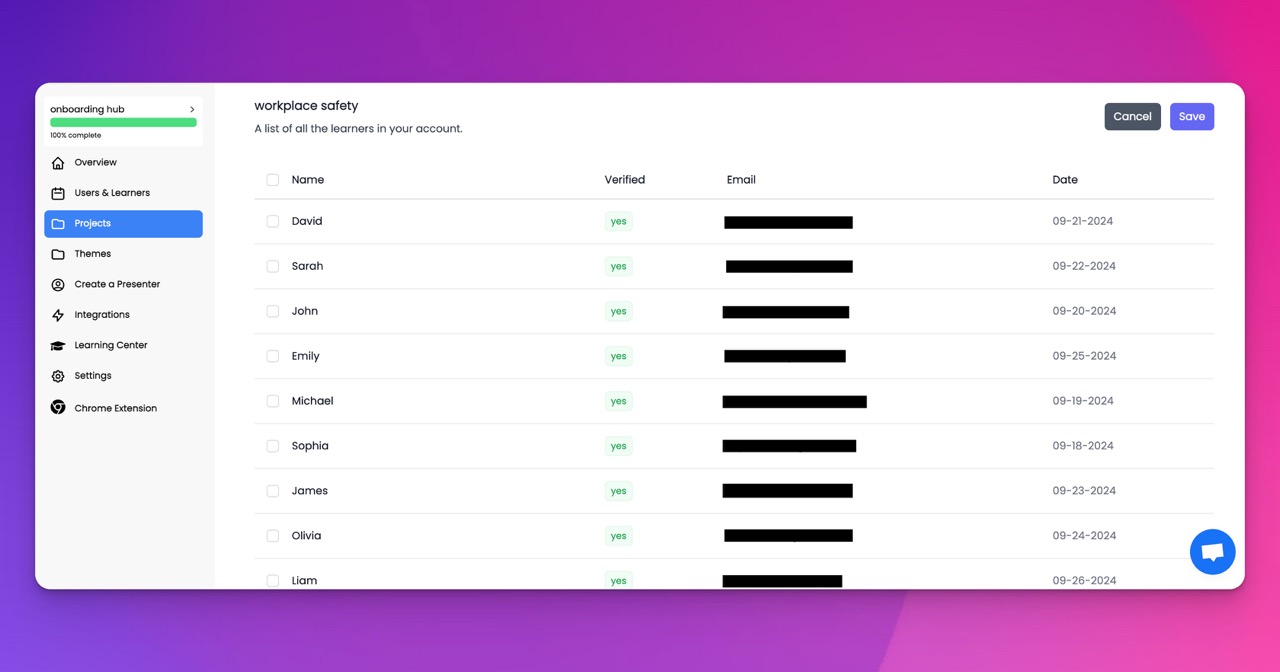🎉 Trainday now integrates with Zendesk and Hubspot 🎉 Trainday now integrates with Zendesk and Hubspot 🎉 Trainday now integrates with Zendesk and Hubspot
🎉 Trainday now integrates with Zendesk and Hubspot
Contact
Price Book
Price book, commonly known as P/B ratio, is a financial metric that measures the market value of a company's equity relative to its book value. The book value of a company is the value of its assets minus its liabilities, and it represents the amount of equity that shareholders would receive if the company were liquidated. The P/B ratio is calculated by dividing the market capitalization of a company by its book value.
The P/B ratio is a useful tool for investors to determine whether a stock is overvalued or undervalued. A low P/B ratio indicates that a company is undervalued, while a high P/B ratio suggests that a company is overvalued. However, it is important to note that the P/B ratio does not take into account a company's future growth potential or earnings.
Investors should also be aware that the P/B ratio varies across industries. For example, a technology company may have a high P/B ratio because its assets are primarily intangible, such as patents and intellectual property. On the other hand, a manufacturing company may have a low P/B ratio because its assets are primarily tangible, such as factories and equipment.
In addition, the P/B ratio should be used in conjunction with other financial metrics, such as the price earnings ratio and the dividend yield, to get a comprehensive understanding of a company's financial health.
In conclusion, the P/B ratio is a valuable tool for investors to assess a company's valuation. However, it should be used in conjunction with other financial metrics and should be interpreted within the context of the industry.
Accelerate Compliance.
Deliver OSHA-Ready Courses Instantly.
Empower your team with data-driven training solutions tailored to your industry's safety standards. Stay compliant, reduce risks, and boost productivity with AI-powered course creation.
